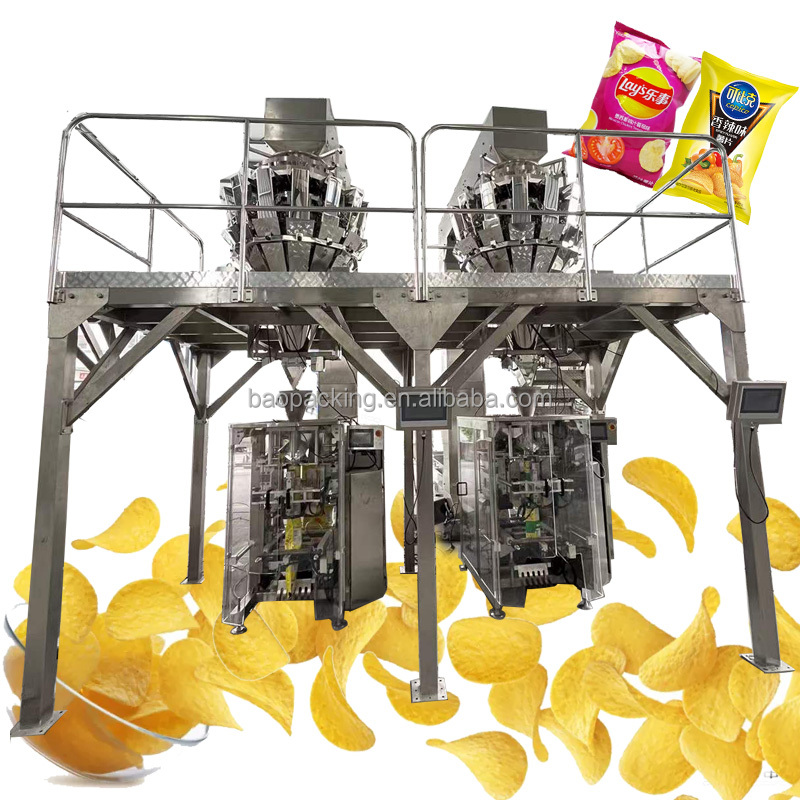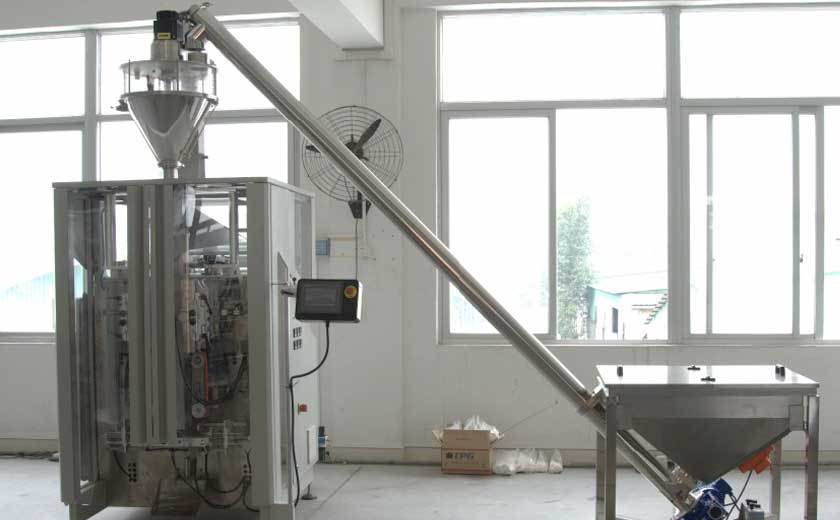The Importance of Film Quality in Vertical Wrapping Processes
Vertical wrapping, also known as VFFS (vertical form fill and seal), is a packaging method widely used in various industries to enclose products in flexible film. The quality of the film plays a pivotal role in ensuring the integrity, efficiency, and overall success of the packaging process. This article examines the critical importance of film quality in vertical wrapping processes from several key perspectives.
Film Strength and Durability
The strength and durability of the film are paramount for protecting the packaged product during handling, storage, and transportation. High-quality film is resistant to tearing, punctures, and other forms of damage, ensuring that the contents remain safe and secure. Durable film also withstands the mechanical stresses encountered during the wrapping process, reducing the risk of film breakage and costly product loss.
Barrier Properties
Depending on the nature of the product being packaged, the film must possess specific barrier properties to protect against external contaminants. Oxygen and moisture barriers prevent spoilage and maintain product freshness. Gas barriers preserve the flavor and aroma of sensitive products. UV barriers shield products from harmful ultraviolet radiation, preventing fading and degradation.
Seal Integrity
The integrity of the seal is crucial for ensuring product protection and minimizing waste. High-quality film forms strong, airtight seals that prevent product leakage or contamination. The absence of pinholes or weak spots is essential for maintaining seal integrity, ensuring that the packaged product remains secure and protected throughout its shelf life.
Machine Performance
Film quality directly impacts the performance of the vertical wrapping machine. High-quality film is designed for optimal performance with specific machine manufacturers’ equipment, ensuring smooth operation and minimizing downtime. The film’s thickness, surface characteristics, and other properties must be precisely calibrated to match the machine’s operating parameters.
Cost Efficiency
While high-quality film may have a higher upfront cost, it often leads to significant savings in the long run. Durable film reduces product loss due to breakage, while efficient sealing minimizes waste. The elimination of pinholes and weak spots ensures that the correct amount of film is used for each package, optimizing material utilization.
Sustainability and Environmental Impact
In today’s eco-conscious environment, film quality plays a role in reducing the environmental impact of packaging. Biodegradable or recyclable films minimize waste and contribute to sustainable packaging practices. High-quality films with reduced material thickness and optimized use contribute to resource conservation and lower carbon footprints.
The quality of film used in vertical wrapping processes is a critical factor that affects the integrity, efficiency, cost-effectiveness, and environmental impact of packaging. By investing in high-quality film, manufacturers can ensure product protection, optimize machine performance, minimize waste, and contribute to sustainable practices. The long-term benefits of using high-quality film far outweigh the initial investment, resulting in improved packaging outcomes and customer satisfaction.
-
Overview of Packaging Machine Buying Guides
08-01-2024 -
How Does a Vertical Form Fill Seal Machine Work?
30-10-2023 -
Advancements in Auger Powder Filling Technology
27-10-2023 -
A Deep Dive into Automatic Packaging Machines
26-10-2023 -
The Revolutionary Fully Automatic Potato Chips Packaging Machine
20-09-2023 -
How to choose the right packaging machine?
23-08-2023 -
Reducing Waste And Maximizing Yield With Multihead Weigher Machines
15-03-2023 -
Nuts Packaging Machine for Dry Products Perservation
26-11-2022 -
Is Automated Biscuit Packaging Machine Better Than Manual Opeartion?
25-11-2022













